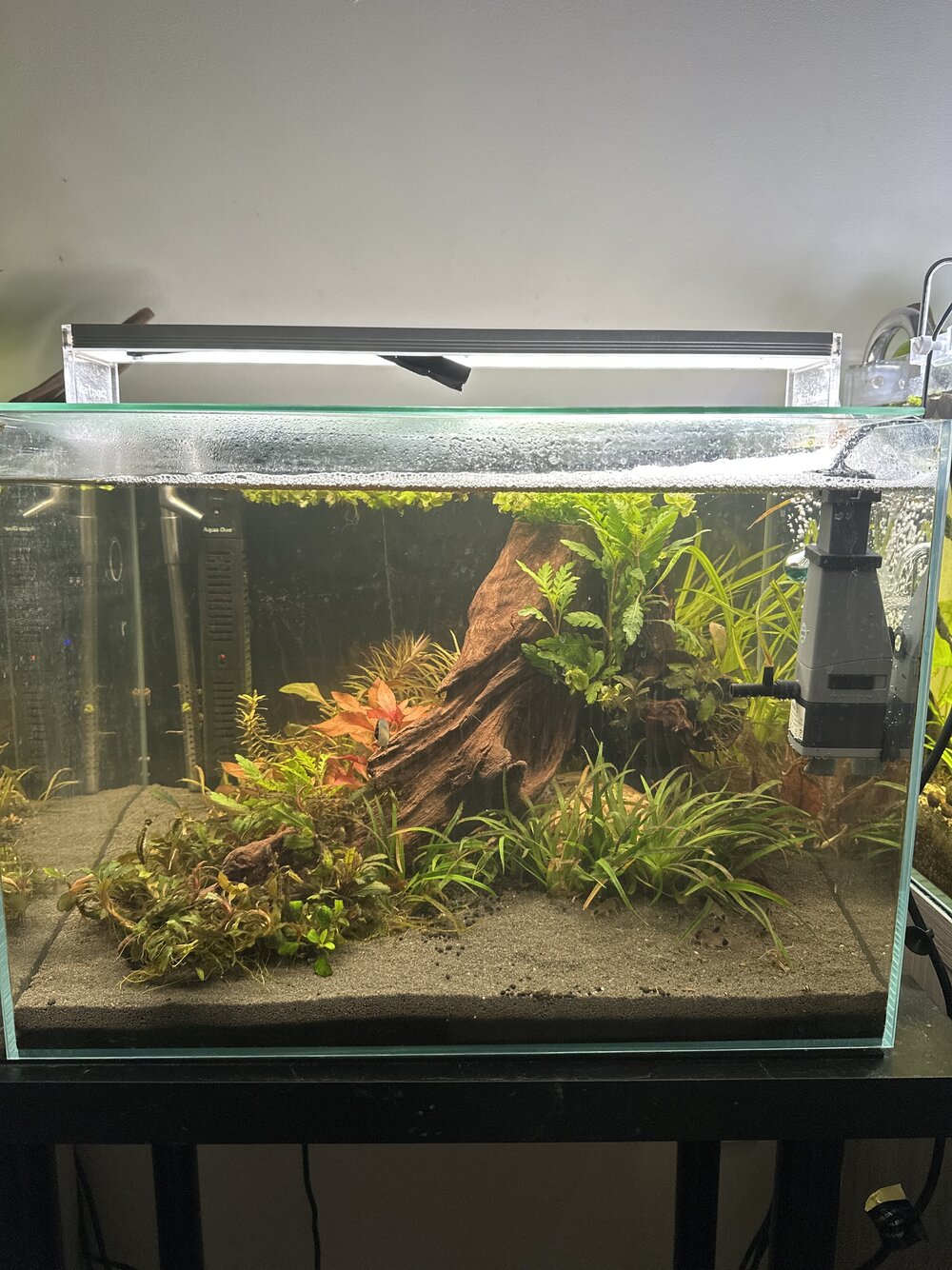Fish_tails
New Member
I’m a new to using CO2, and always gone “low tech”. I have just rescape a tank, think I took too long and the cycle has crashed. I am unsure if I should be using CO2 (first time installing the kit) at this time or wait till my tank balances out first.
My thought process for using it was that it will help grow plants and thus help the consumption of excess nutrients (I am aware this may be a simplistic or very naive thought process so go easy)
My thought process for using it was that it will help grow plants and thus help the consumption of excess nutrients (I am aware this may be a simplistic or very naive thought process so go easy)



